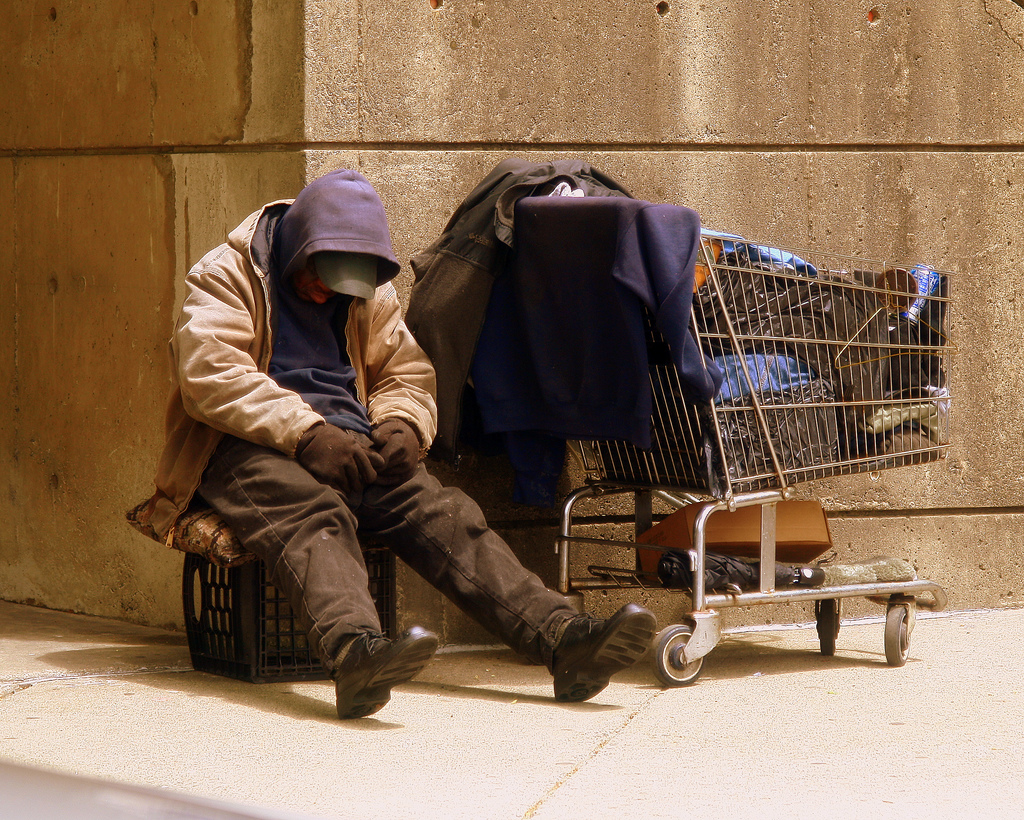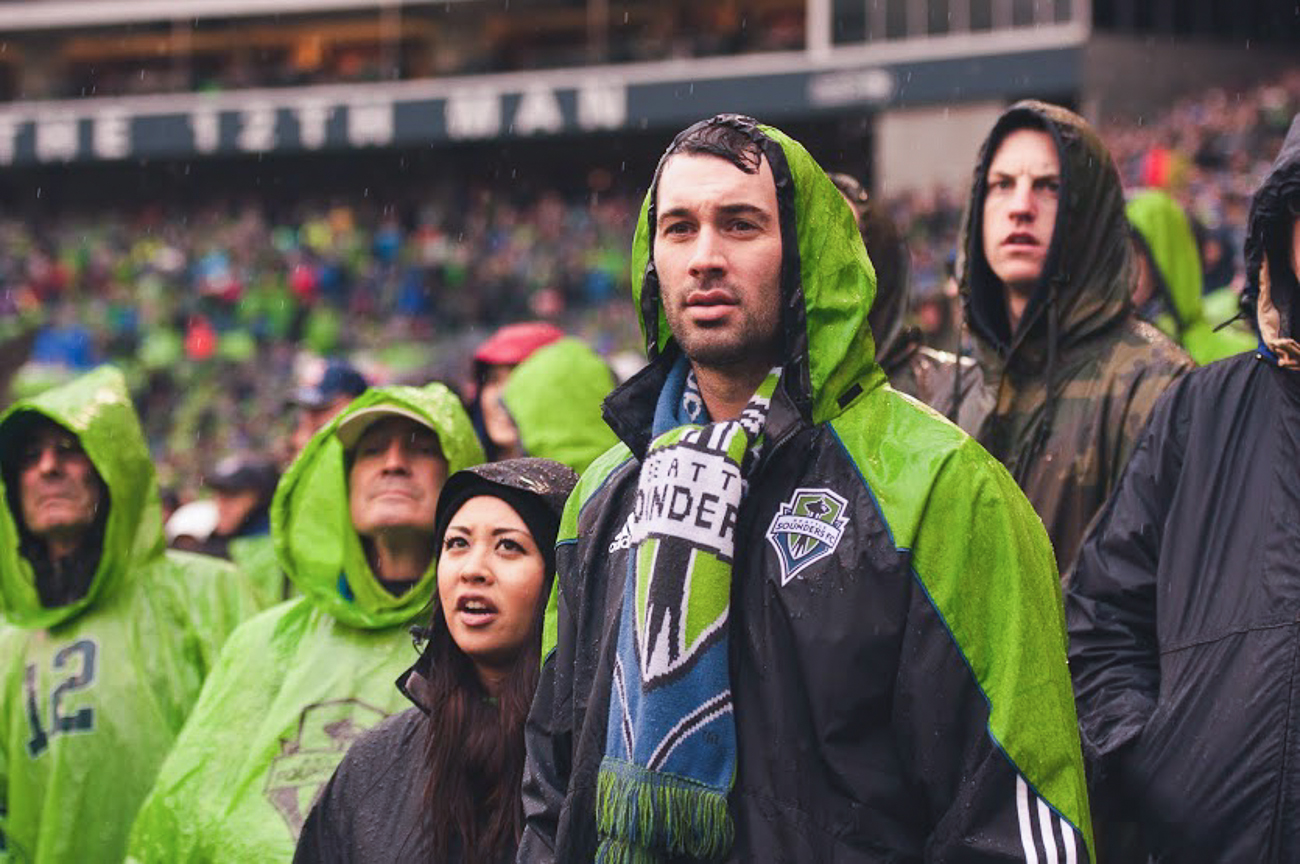Over the past week, Seattle Mayor Ed Murray has unveiled several key aspects of his forthcoming 2015–16 budget proposal, including a pledge to increase human-services funding by $2.75 million, $1.5 million of which will be earmarked specifically to improve homeless services. “The 3,000 people in Seattle who are now homeless on my watch are my responsibility,” a resolute Murray said from the City Hall podium Friday.
It’s a good time for such a declaration, but it will take more than words. We reached out to Real Change publisher and longtime Seattle homeless advocate Tim Harris to get his thoughts on Murray’s proposal. Here are three key takeaways.
Drop in the bucket It doesn’t take a math major to realize that making a difference in Seattle’s homeless situation is going to take more money than Murray’s budget offers, which focuses on increasing shelter capacity and moving shelter regulars into permanent housing. These are worthy goals, of course, but only so much can be done with the limited funds being proposed. “Given the depth of the need, it doesn’t feel like very aggressive action at all,” Harris says of Murray’s proposal. “It strikes me as ridiculously inadequate.”
Safety first The 2014 One-Night Count identified 2,303 unsheltered homeless individuals living on the street in Seattle. The truth of the matter is, the number is likely far greater. According to Harris, the city needs to take a more active role in ensuring the safety of these vulnerable citizens—including recognizing that chasing away homeless encampments does more harm than good. “How do we make things safer for the people who are on the street? It comes down to a more productive relationship with encampments, that gives them a little bit of support and offers them a place to go that is legitimate,” says Harris.
Count the cars Statistics show that the number of homeless individuals and families living in vehicles continues to grow. In 2014, the One-Night Count identified 730 individuals living in a car or truck in Seattle. Despite this, according to Harris, the city has failed to address the issue meaningfully. That’s got to change, he says. “The numbers of car campers are going up, and they just chase people around,” says Harris. “People get their cars towed, and people get tickets…. It’s not resolving the problem. [Seattle] needs to find a way to deal with the problem in a more realistic way that acknowledges how much need there is.”
mdriscoll@seattleweekly.com
Art Credit: “Bucket” by Anand A Nair from The Noun Project.








